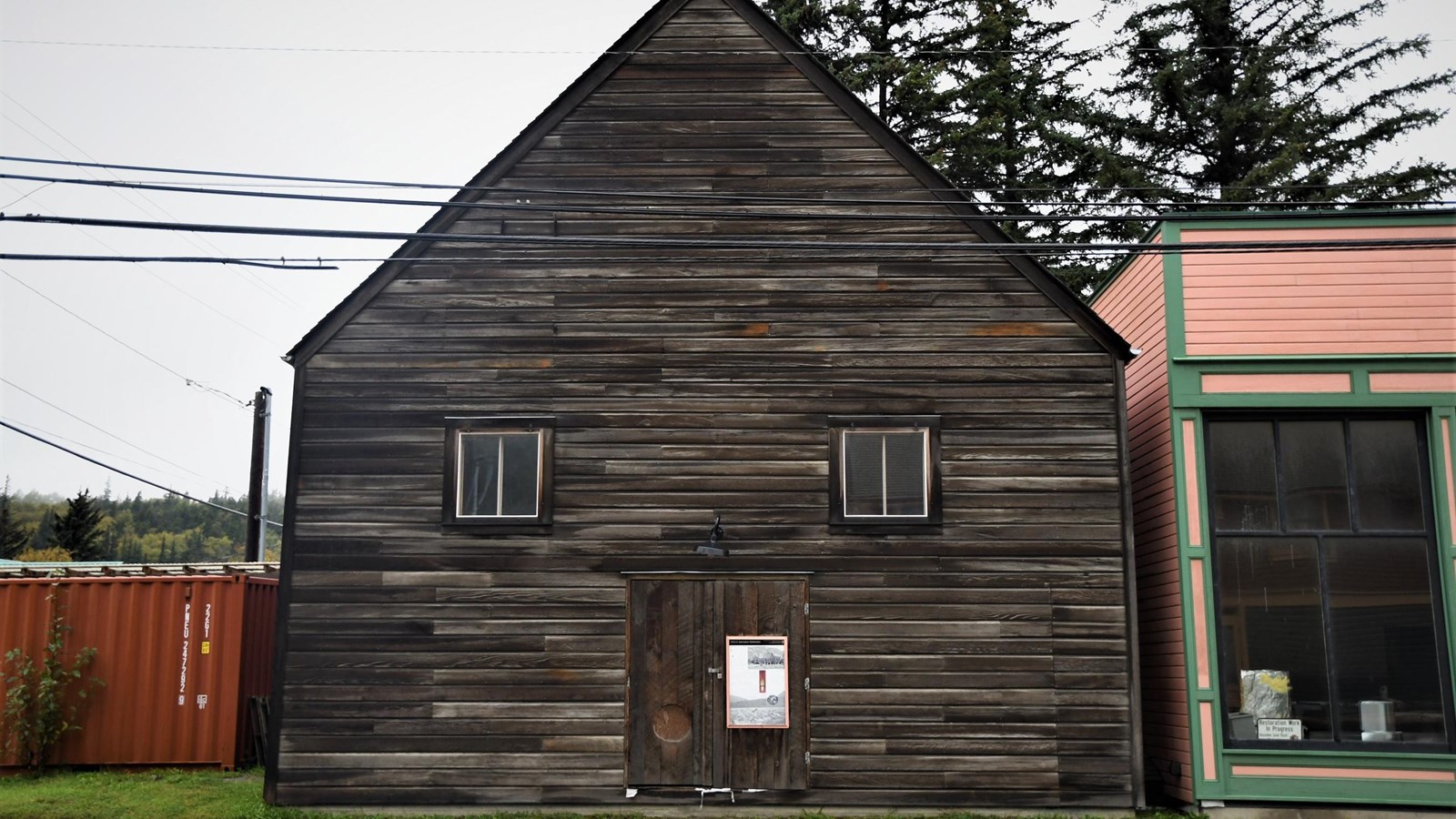Last updated: September 29, 2023
Place
YMCA

NPS Photo/A. Rogers
Benches/Seating, Historical/Interpretive Information/Exhibits
The Village People’s 1978 hit “Y.M.C.A” now forms popular culture’s main association with the Young Men’s Christian Association, a non-governmental federation established in 1844 to bring Christian moral values to rough-and-tumble city life. Skagway’s YMCA was established in 1900; it was the first YMCA in Alaska. Many think of YMCAs as centers for physical recreation, but they also focused on the mental: in addition to a gym and handball court, Skagway’s facility also offered baths, a photo darkroom, and a reading room (complete with a vast collection of books donated by the city of Detroit).
Skagway’s YMCA served as a microscopic stage for a macroscopic, country-wide issue: racism. Thirty Black soldiers that were stationed in Skagway joined the local YMCA... but weren’t necessarily welcomed by all. Membership plummeted from 1899 to 1901. YMCA secretary W.A. Reid upheld the YMCA’s commitment to egalitarianism. Thus, even when discriminatory members withdrew due to the desegregation of the club, Reid maintained that the Y.M.C.A. “knows no color line. It stands for young men regardless of nationality the world over.” In addition, he stated that “nothing remains to be done but to permit those who entertain this feeling to withdraw.”
Articles on the dispute peppered the pages of the Daily Alaskan. Less than 18 months later, the Y.M.C.A. closed its doors, but whether because of the dispute or the decline in Skagway’s population after the gold rush, we will never know; both were likely contributing factors. Nevertheless, the Y.M.C.A. stands as a testament to the evolution of a community. What happens when a community refuses to change? Where does it end up? Let’s examine these questions together at our next stop.
